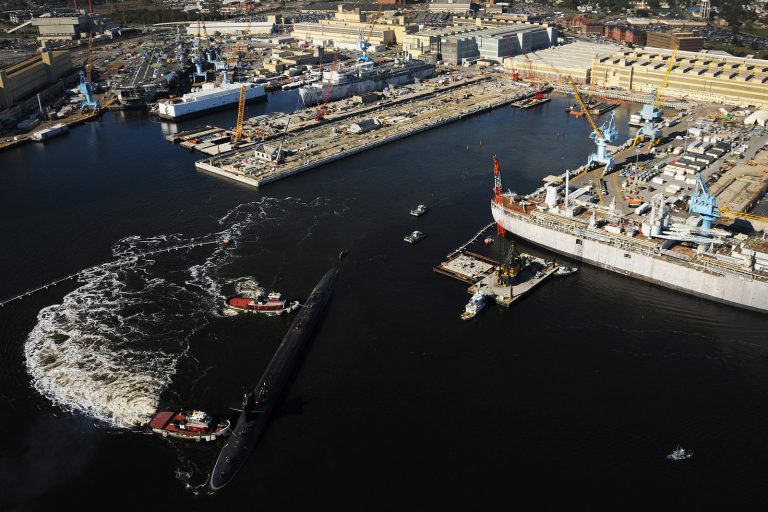
The U.S. Navy is facing serious accusations from public health advocates regarding the alleged cover-up of dangerous levels of radioactive waste pollution at the Hunters Point Naval Shipyard in San Francisco, according to a new report.
The 866-acre shipyard, which previously included a secret Navy research laboratory, has come under scrutiny due to the presence of strontium-90, a radioactive isotope that was used in experiments and glow-in-the-dark paint, The Guardian reported.
Concerns have been raised that this contamination could have resulted from animals injected with the isotope or runoff from ships involved in nuclear testing in the Pacific.
The controversy surrounding the shipyard escalated when the Navy reported elevated strontium-90 contamination in the area, only to later perform a reassessment that supposedly indicated sub-zero levels of the isotope, a claim met with skepticism by experts.
Dr. James Dahlgren, an environmental toxicologist, deemed the reassessment scientifically false, as a sub-zero level of contamination would be scientifically impossible.
Ray Tompkins, an environmental activist involved in a previous cleanup project, also criticized the reassessment, stating that any data suggesting negative figures for strontium-90 should be rejected.
According to The Guardian, the Environmental Protection Agency (EPA) labeled the Hunters Point Naval Shipyard as a “superfund site” in 1989, signifying its classification as a contaminated area.
Suspicions have arisen that various cancers in the shipyard’s vicinity may be linked to the radioactive contamination, particularly since strontium-90 has an affinity for human bone tissue and may cause cancer over time.
The issue has further been compounded by the navy’s disputed testing results. In 2021, navy testing revealed high levels of strontium-90, but subsequent testing in 2022 claimed levels lower than zero, which experts dismissed as impossible.
The EPA initially expressed concerns about the new testing, suggesting the Navy was suppressing unfavorable data. However, the EPA has since remained silent on the matter, prompting calls for an investigation by the Navy’s Office of Inspector General.
According to The Guardian, the Navy’s Office of Inspector General has refused to investigate the site.
READ MORE: Bath Iron Works, Mississippi shipyard can’t produce destroyers fast enough, Navy says
The situation at the Hunters Point Naval Shipyard has resulted in ongoing litigation, with the Navy and the U.S. Department of Justice facing 12 lawsuits related to the site.
Residents living in a previously turned-over parcel have reported health issues and attribute them to the contamination.
Furthermore, rising sea and ground levels pose an additional threat of spreading the radioactive contamination into the adjacent bay.
“Given that this land is in queue to be turned over to the city, getting to the bottom of this would be helpful, but that would involve institutional candor which appears to be in short supply,” Jeff Ruch, Public Employees for Environmental Responsibility attorney, said.
This news article was partially created with the assistance of artificial intelligence and edited and fact-checked by a human editor.
0 comments :
Post a Comment